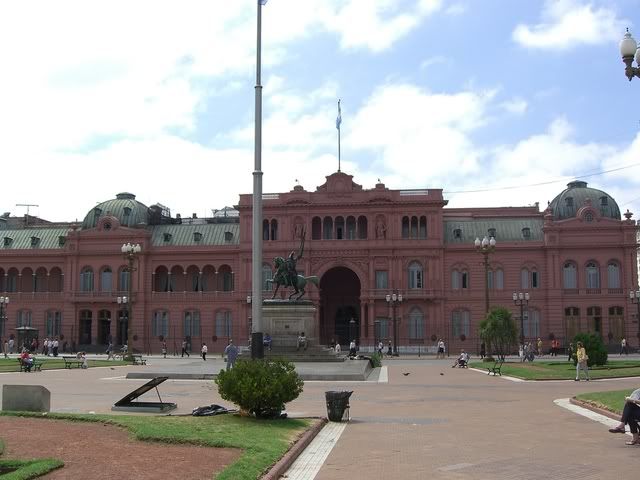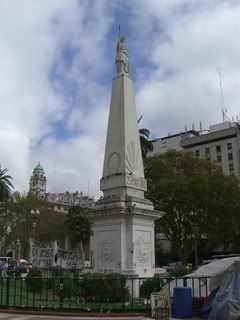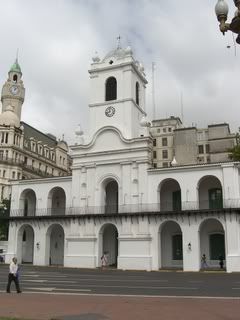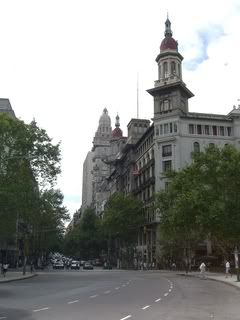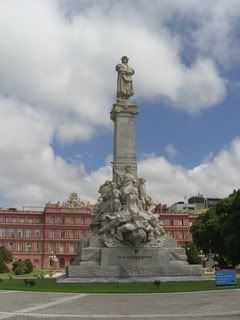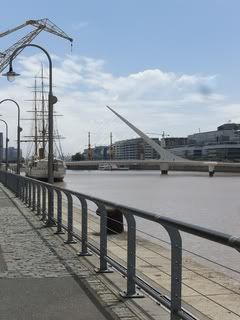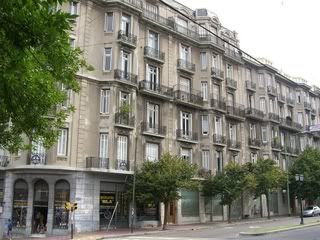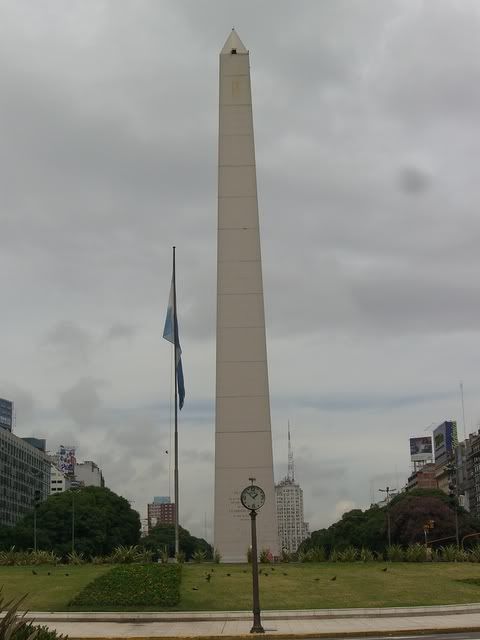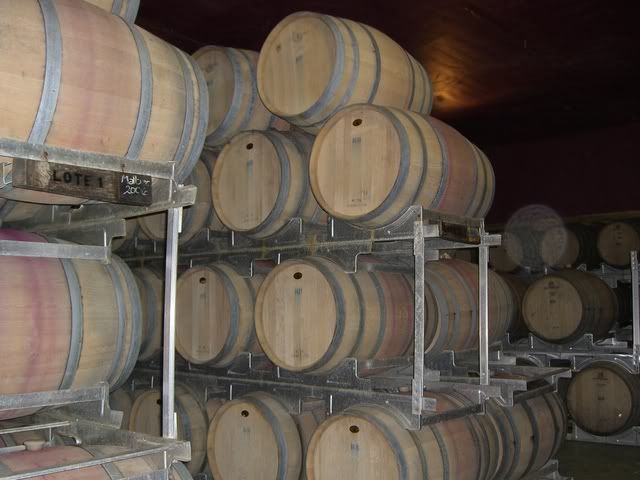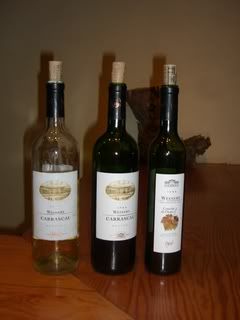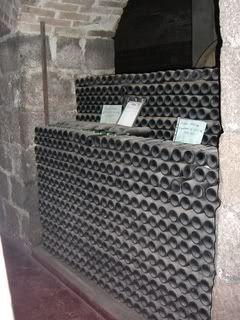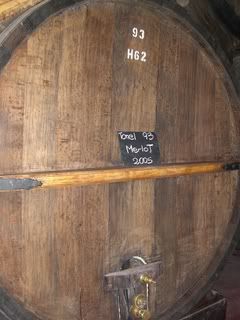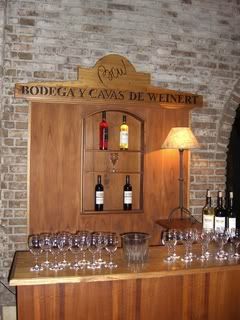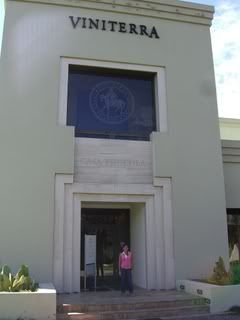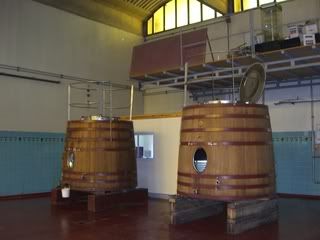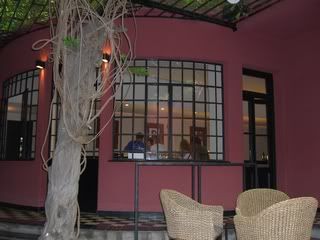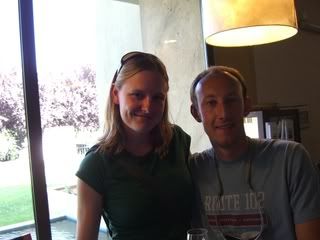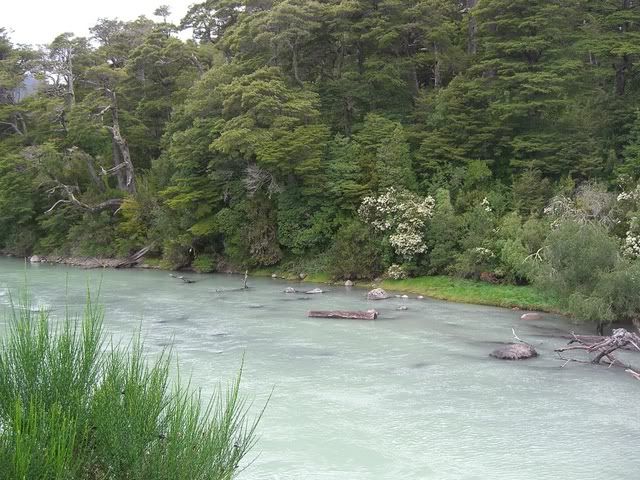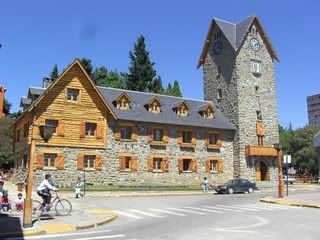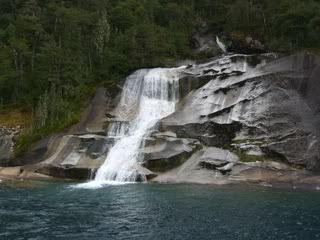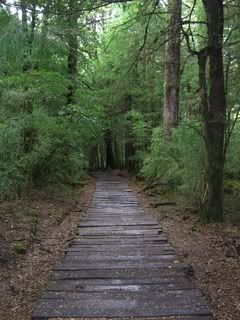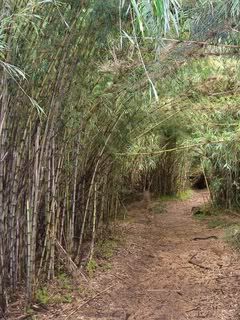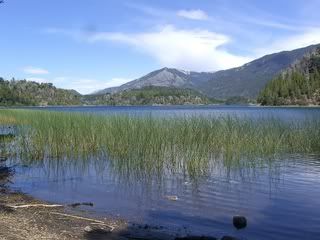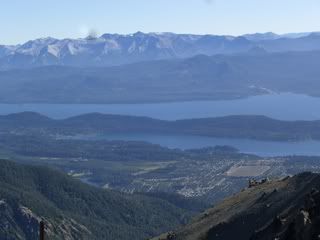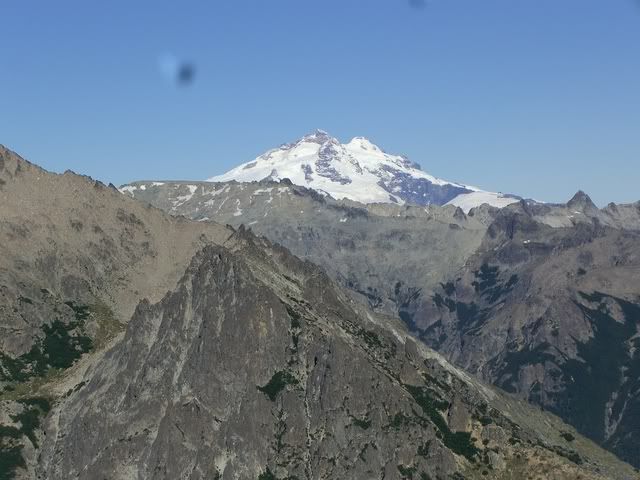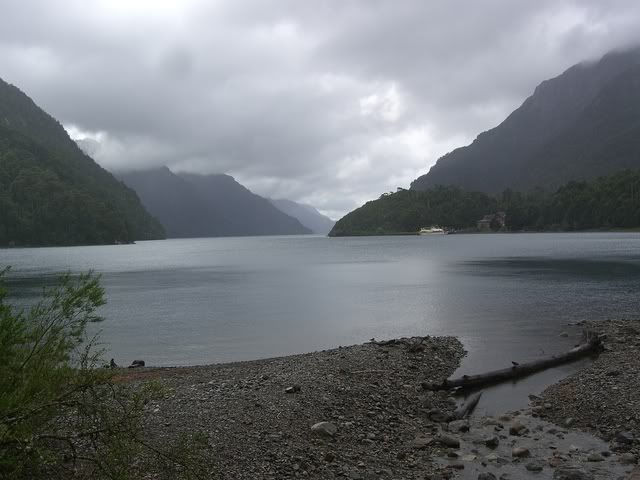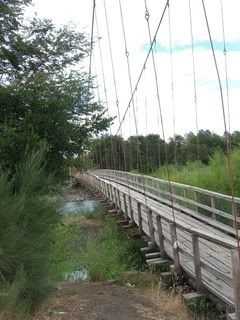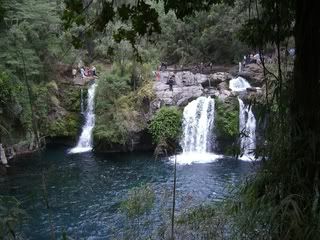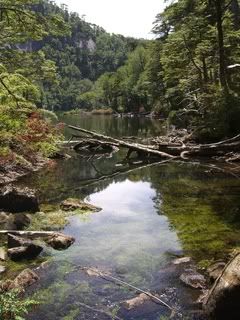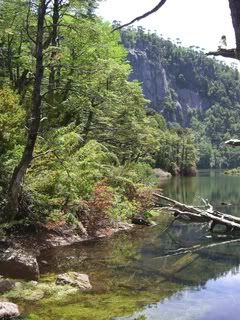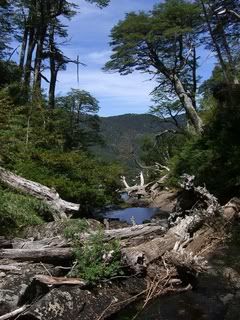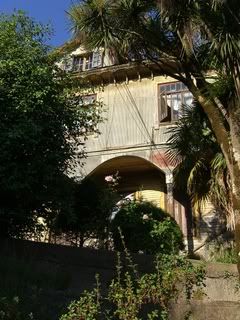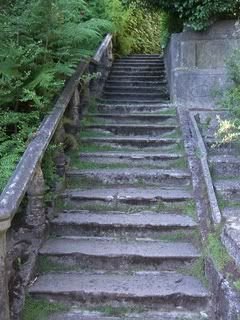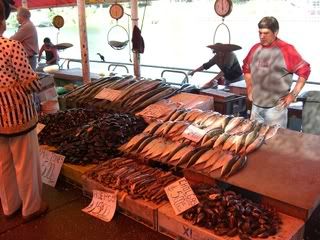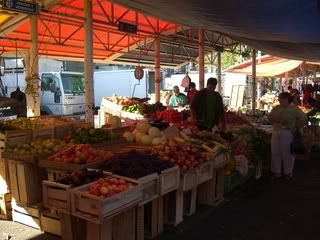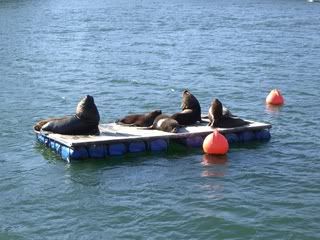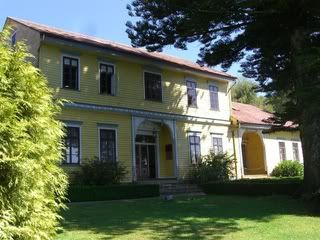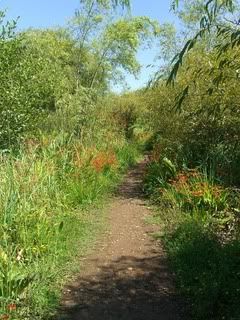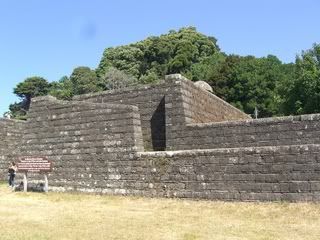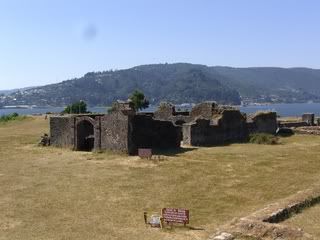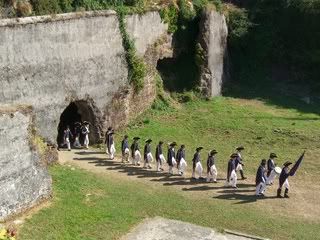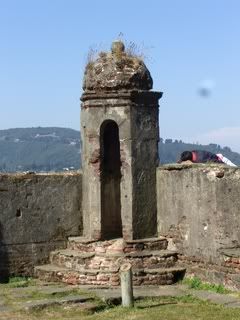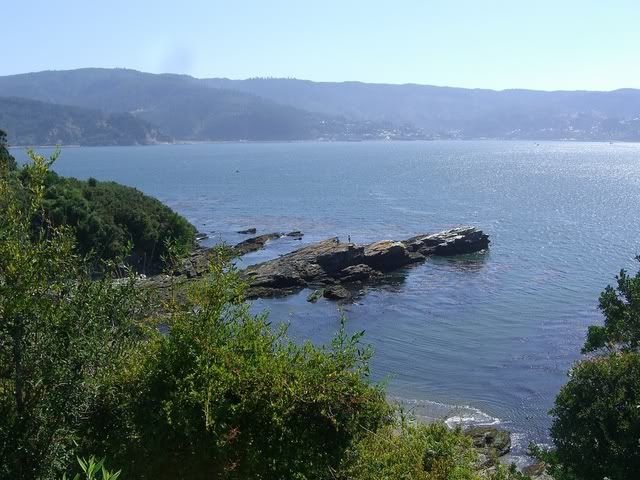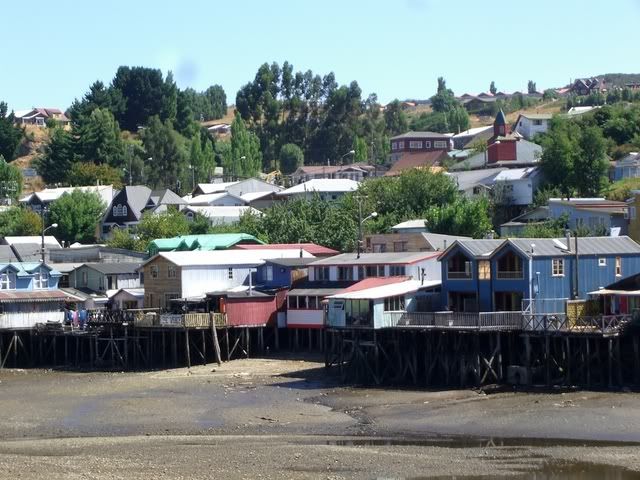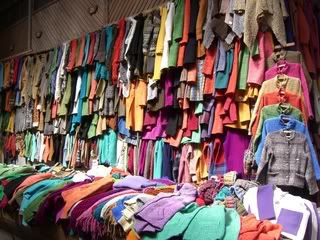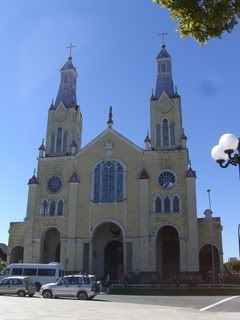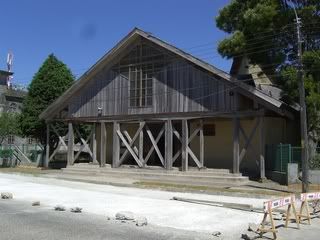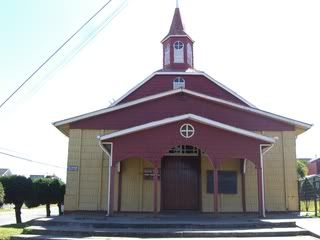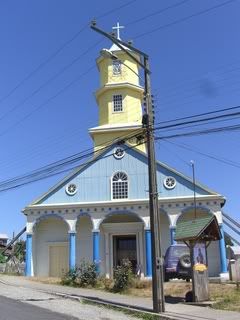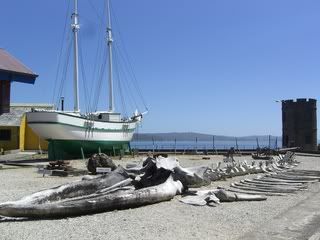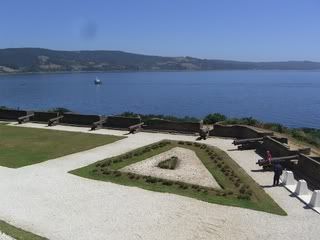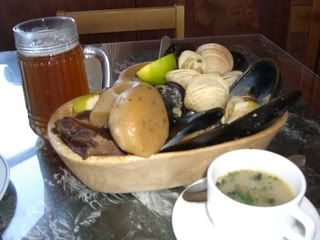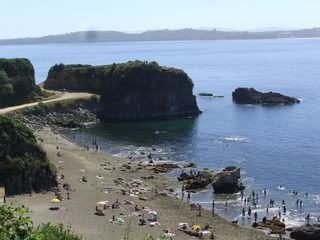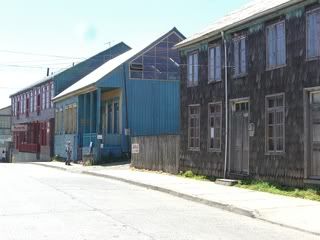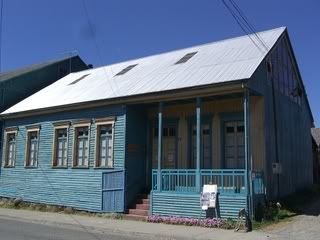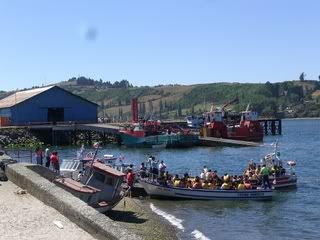Review Argentina: Mendoza – Casa Pueblo Hostel (accommodation)
March 5th, 2008Name: Casa Pueblo Hostel
Location: Mendoza, Argentina
Address: Pellegrini 377, Mendoza Argentina, Phone: 0054 261 4324976
E-mail: casapueblohostel@yahoo.com
Website: www.casapueblohostel.com
Review: Casa Pueblo is a very nice hostel located very near to the bus station in the Argentinian city of Mendoza. The place is brightly decorated and contains a couple of double rooms as well as mixed dorm rooms. The place is warmly run by a very friendly Argentinian couple who appear to speak little English but are helpful in all regards. Breakfast is included as well as free internet which is limited to 20 minutes at a time (though this did not appear to be strictly enforced). The common area and the kitchen are spacious and contain everything needed for cooking your own meals and in the living area are comfy chairs, TV and a shelf full of books (mostly in Spanish).
One significant downfall to this place is its location…it’s close to the bus station which is convenient if just arriving or leaving on an early morning bus but as with most neighborhoods surrounding bus terminals…it’s not the greatest. Plus it’s a bit far from the center so it’s best to acquaint oneself with the bus system. The other significant downfall is that there appears to be only one shower and one toilet for men and a separate set for women…for at least 12 beds worth of people which makes getting ready a bit of a challenge. Otherwise, a good place to stay if you need to get to the bus station early or, perhaps even, if you’re arriving late at night.
Would I book with them again: Yes, if needing the close services of the bus terminal, otherwise I would try somewhere else based on location.
